LATVIJA.FM
How Latvia’s Railways Shaped Its Industrial Growth
Latvia’s railways hold a profound place in the nation’s history, shaping its industrial growth and connecting it to the wider European economy. More than just a means of transportation, these iron tracks facilitated trade, fostered innovation, and linked communities. From their 19th-century origins to their modern evolution, Latvia’s railways are a testament to the country’s resilience and ingenuity.
Laying the Foundations of Progress
The story of Latvia’s railways begins in 1861 with the opening of the Riga–Daugavpils line. Established under the Russian Empire, this route was part of a larger network connecting St. Petersburg to Warsaw, making Latvia a crucial transit hub between East and West. For Riga, already a thriving port city, the railway transformed its industrial prospects, allowing goods to move efficiently between land and sea. Timber, textiles, and other local products found their way to European markets, and Latvia’s industries began to flourish.
As the railway network expanded, it brought dramatic changes to rural and urban landscapes alike. Small towns that had been isolated were now connected to regional centers, spurring economic development. Factories sprang up along the tracks, attracting workers and fostering a wave of urbanization. The railways didn’t just move goods—they carried ideas, innovation, and the promise of progress.
As the railway network expanded, it brought dramatic changes to rural and urban landscapes alike. Small towns that had been isolated were now connected to regional centers, spurring economic development. Factories sprang up along the tracks, attracting workers and fostering a wave of urbanization. The railways didn’t just move goods—they carried ideas, innovation, and the promise of progress.
Driving Industrial Growth in an Independent Latvia
After Latvia declared independence in 1918, the newly established government recognized the railways as a cornerstone of economic recovery and growth. Investments were made to modernize the network, ensuring it could meet the demands of a young and ambitious nation. New lines were constructed to better connect rural areas with urban hubs, while upgrades to existing infrastructure improved efficiency and reliability.
This period saw railways play a pivotal role in Latvia’s industrialization. Timber, agriculture, and manufacturing industries flourished as goods flowed seamlessly between regions and to international markets. Riga became a dynamic industrial center, its economic fortunes closely tied to the power of the railway system.
This period saw railways play a pivotal role in Latvia’s industrialization. Timber, agriculture, and manufacturing industries flourished as goods flowed seamlessly between regions and to international markets. Riga became a dynamic industrial center, its economic fortunes closely tied to the power of the railway system.
Surviving Occupation and Transformation
The turmoil of the 20th century tested Latvia’s railway system. During the Soviet occupation, the network was adapted to serve Soviet economic and military priorities. Trains carried resources across the vast Soviet territories, often prioritizing Moscow’s interests over Latvia’s own. Despite this, the railways remained vital for local industries, enabling the transport of agricultural products and manufactured goods.
With independence restored in 1991, Latvia faced the challenge of rebuilding and modernizing its railways. The shift from a Soviet-controlled economy to a market-driven one required significant adaptation. Latvian Railways (Latvijas Dzelzceļš) undertook the monumental task of aligning the network with European standards, ensuring that Latvia could once again serve as a bridge between East and West.
With independence restored in 1991, Latvia faced the challenge of rebuilding and modernizing its railways. The shift from a Soviet-controlled economy to a market-driven one required significant adaptation. Latvian Railways (Latvijas Dzelzceļš) undertook the monumental task of aligning the network with European standards, ensuring that Latvia could once again serve as a bridge between East and West.
Rail Baltica: A Vision for the Future
Today, Latvia’s railways are on the brink of a new chapter with the ambitious Rail Baltica project. Designed to connect the Baltic states with Western Europe through a high-speed rail network, Rail Baltica represents the future of transportation and economic collaboration. For Latvia, this project is more than an infrastructure upgrade—it’s a statement about the country’s strategic importance and its commitment to sustainable development.
Conclusion: Tracks of Progress
Latvia’s railways are more than just a means of transport—they are a symbol of the nation’s journey through history. From their role in the industrial revolution to their significance in modern logistics, these tracks have connected communities, powered industries, and carried the dreams of a resilient people.
As Latvia moves forward, its railways remain a vital part of its story, blending heritage with innovation. They are a reminder that the tracks of progress are not just made of steel—they are built on the determination and vision of a nation committed to growth and connectivity.
As Latvia moves forward, its railways remain a vital part of its story, blending heritage with innovation. They are a reminder that the tracks of progress are not just made of steel—they are built on the determination and vision of a nation committed to growth and connectivity.
